Mastering Cannabis Edibles: Strain Effects & Safe Preparation
Personalize your cannabis edibles experience by understanding different strains' unique cannabi…….
In the ever-evolving world of alternative medicine and recreational experiences, cannabis has emerged as a multifaceted plant with profound effects on the human body and mind. The topic at hand, “cannabis strains effects,” delves into the intricate relationship between specific cannabis varieties and their impact on users, spanning physiological, psychological, and cultural dimensions. This article aims to serve as a comprehensive guide, exploring the various facets of how different cannabis strains influence individuals and societies globally. From scientific understanding to economic implications, technological innovations, and evolving policies, we will navigate the complex landscape of cannabis strains effects, offering insights for both seasoned enthusiasts and curious readers.
Cannabis strains effects refer to the unique physiological and psychological responses experienced by individuals after consuming or interacting with different cannabis varieties, commonly known as strains. Cannabis plants naturally produce over 100 chemical compounds called cannabinoids, of which the most well-known are tetrahydrocannabinol (THC) and cannabidiol (CBD). These cannabinoids bind to specific receptors in the human body, primarily the endocannabinoid system, which plays a crucial role in regulating mood, memory, pain perception, and appetite.
The effects of a particular cannabis strain are determined by its cannabinoid profile, including THC and CBD levels, as well as other minor cannabinoids and terpenes (aromatic compounds). The interaction between these compounds creates what is often described as the “entourage effect,” where the combined action of all chemicals in the plant produces a complex response that may differ from the effects of isolated compounds.
Cannabis has been used for millennia, with evidence suggesting its cultivation and consumption dating back to ancient civilizations. In traditional cultures, cannabis served various purposes, including medicinal, spiritual, and recreational uses. The plant’s therapeutic potential was documented in ancient Chinese medicine texts, Indian Ayurvedic practices, and Native American cultures.
The modern understanding of cannabis strains effects gained traction in the late 20th century with advancements in biochemistry and pharmacology. Scientists began to unravel the complex interactions between cannabinoids and human physiology, leading to the identification of cannabinoid receptors and the development of research methodologies to study these effects.
Today, as the global conversation around cannabis continues to evolve, understanding strains effects is more crucial than ever. From medical applications in treating various ailments to recreational use, cannabis has become a subject of intense interest for researchers, policymakers, and consumers alike. This article aims to bridge the gap between scientific knowledge and real-world experiences, empowering readers with a deeper understanding of this remarkable plant.
Cannabis strains effects have left an indelible mark on societies worldwide, with varying trends and impacts across different regions. Here’s a glimpse into the diverse global landscape:
| Region | Trends/Impact | Notable Examples |
|---|---|---|
| North America (US & Canada) | Legalization and rapid medical cannabis adoption. Research-driven strains development. | High THC content, Indica hybrids for relaxation, Sativa strains for energy and creativity. |
| Europe | Diverse legal frameworks. Growing medical cannabis market. Focus on CBD-rich strains. | German and Dutch breeding programs, UK’s focus on rare, high-CBD strains. |
| Asia | Rapidly growing recreational and medical markets. Unique local strains with cultural significance. | Thailand’s Khao Soi, India’s Charas, Japan’s high-terpene varieties. |
| South America (Brazil & Argentina) | Emerging medical cannabis industries. Focus on local strains for specific ailments. | Brazilian AC/DC, Argentine Amapola (Poppy) derivatives. |
| Africa (South Africa & Kenya) | Medical cannabis legalized, with research initiatives. Unique environmental adaptations in strains. | South African White Widow, Kenyan Landrace varieties. |
These regional variations highlight the dynamic nature of the cannabis market and its effects. From legal frameworks to consumer preferences, each region has contributed to the diverse spectrum of cannabis strains and their applications.
The economic implications of cannabis strains effects have been profound, giving rise to a multi-billion-dollar industry with vast potential for further expansion.
The global cannabis market, driven by evolving legal landscapes and increasing consumer acceptance, has experienced exponential growth in recent years. According to a report by Grand View Research, the global cannabis market size was valued at USD 21.5 billion in 2020 and is expected to expand at a compound annual growth rate (CAGR) of 27.3% from 2021 to 2028. This growth is attributed to the increasing acceptance of cannabis for medical and recreational purposes, rising disposable incomes, and expanding legal frameworks.
The cannabis industry has attracted significant investment from venture capitalists, private equity firms, and multinational corporations. As the market matures, investment trends are shifting towards vertically integrated companies that control cultivation, processing, and distribution. This consolidation is expected to shape the future of the industry, with a focus on efficient production, product innovation, and brand development.
Cannabis strains have become valuable assets, with breeders and cultivators developing unique varieties to meet diverse consumer preferences. High-THC strains, for instance, are sought after for their potent effects, while CBD-rich strains offer therapeutic benefits without the intoxicating effects of THC. Specialty strains, often named after specific regions or bred for particular traits, command premium prices in the market.
Technological advancements have revolutionized the way cannabis is grown, bred, and consumed, leading to unprecedented strain development possibilities.
Genetic testing has enabled breeders to identify specific genetic markers associated with desirable traits, such as high THC content, specific terpene profiles, or resistance to pests and diseases. This targeted breeding approach has resulted in new strains with unique cannabinoid and terpene combinations, catering to diverse consumer needs.
CEA techniques, including hydroponics and aeroponics, allow for precise control over environmental factors, enabling growers to optimize plant growth and yield. These methods ensure consistent quality and consistency in cannabis production, making it easier to reproduce specific strains with predictable effects.
Advances in extraction technology have made it possible to isolate cannabinoids and terpenes from cannabis plants, leading to the development of concentrated products like oils, concentrates, and edibles. These innovations offer consumers a broader range of consumption methods and control over their doses.
The legal status of cannabis strains effects has undergone significant transformations worldwide, reflecting changing societal attitudes and scientific understanding.
As of 2022, the global landscape regarding cannabis legality is diverse:
Legalized markets implement stringent regulatory frameworks to ensure product safety, quality, and consumer protection. These regulations cover cultivation, processing, labeling, and distribution standards. For example, the US Food and Drug Administration (FDA) has issued guidelines for cannabidiol (CBD) products, emphasizing the need for accurate labeling and product safety.
In some jurisdictions, specific cannabis strains are subject to unique regulations due to their therapeutic potential or high concentrations of particular cannabinoids. For instance, certain CBD-rich strains may be exempt from THC restrictions in medical cannabis programs. Such strain-specific rules reflect the evolving understanding of different varieties’ effects and their applications.
Cannabis has long been recognized for its medicinal properties, with ancient cultures utilizing various strains to treat a wide range of ailments. Today, scientific research continues to uncover the therapeutic potential of specific cannabis strains effects.
Indica strains, known for their calming and sedative effects, have shown promise in managing chronic pain conditions such as arthritis, fibromyalgia, and nerve damage. The high levels of cannabinoids like THC and certain terpenes contribute to their analgesic properties.
Some Sativa strains, rich in THC and specific terpenes (e.g., linalool, myrcene), have been associated with reducing symptoms of anxiety and depression. These strains may stimulate mental clarity, enhance mood, and provide a sense of relaxation without inducing paranoia or sedation.
Cannabidiol (CBD)-rich strains have gained significant attention for their potential in treating epilepsy and seizure disorders. CBD acts on the endocannabinoid system to reduce excitability in the brain, which may help control seizures. Clinical trials have shown promising results, leading to several CBD-based medications being approved for medical use.
Certain strains, particularly those with higher levels of myrcene and linalool, are popular for their sedative properties, aiding in insomnia and promoting better sleep quality. These terpenes have been linked to reduced anxiety and relaxation, contributing to a peaceful slumber.
Cannabis strains effects extend beyond the physiological and psychological, permeating social and cultural dimensions that shape user experiences and perceptions.
Cannabis has long been associated with subcultures and communities, fostering a sense of belonging among users. Different strain preferences can create distinct social circles, with shared experiences and knowledge around specific varieties. These communities often develop unique terminology, rituals, and cultural practices centered around cannabis use.
The legalization of cannabis has significant implications for social attitudes, impacting how individuals perceive the drug and its users. Public opinion polls show varying levels of support for cannabis legalization worldwide, influenced by factors like personal experiences, media portrayal, and political ideologies.
Cannabis strains have also found their way into popular culture, with references to specific varieties in music, film, and literature. These cultural representations can influence user preferences and shape perceptions of different strains’ effects.
The field of cannabis research and development is rapidly evolving, with exciting possibilities on the horizon.
Advancements in genomics and pharmacogenomics may lead to personalized medicine approaches for cannabis therapy. Understanding individual genetic variations can help tailor specific strains or cannabinoid profiles to optimize therapeutic outcomes while minimizing adverse effects.
Research into synthetic cannabinoids offers the potential to create compounds with precise, desired effects, allowing for more control over the treatment of various conditions. These synthetic compounds could also be used as a foundation for developing novel cannabis-based medications.
As the medical and therapeutic potential of cannabis continues to unfold, it is likely to become an integral part of comprehensive health and wellness solutions. This integration may include cannabis-based treatments alongside conventional therapies, offering a holistic approach to managing various health conditions.
Cannabis strains effects are a complex interplay of genetic, environmental, and physiological factors, resulting in a diverse range of experiences for users. As the legal status continues to evolve, so does our understanding of different varieties’ therapeutic potential and social implications. The future of cannabis looks promising, with ongoing research and technological advancements opening doors to new possibilities in treatment, product development, and cultural exploration.
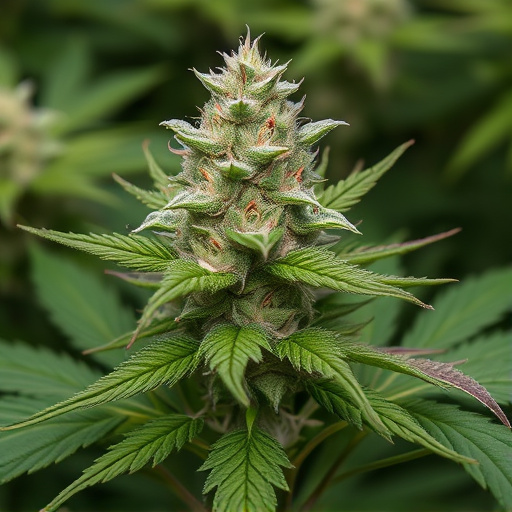
Cannabis metabolism varies based on individual factors, with THC transforming into compounds like 11…….
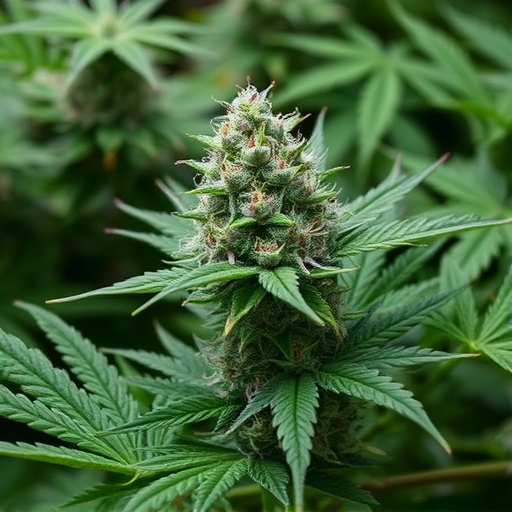
Full-spectrum cannabis flower is a natural product containing all compounds found in the plant, incl…….
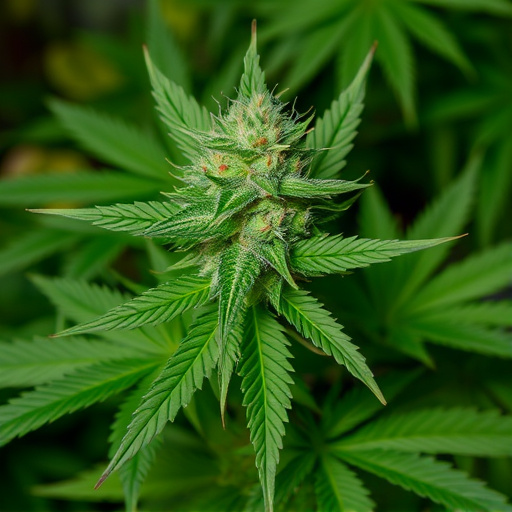
Terpenes, organic compounds giving cannabis its unique aromas and flavors, interact with cannabinoid…….
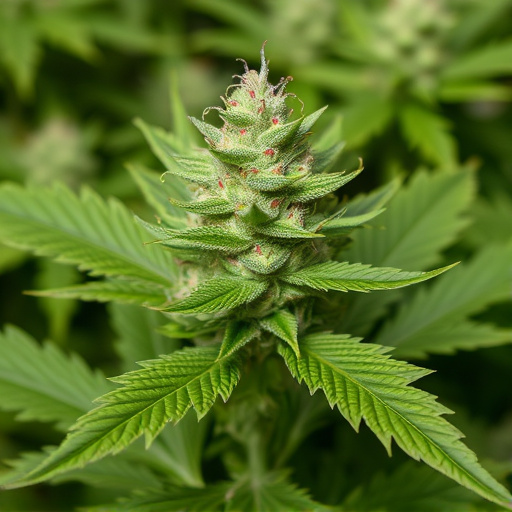
Cannabis flowers offer a wide range of experiences driven by different strains, which vary in their…….
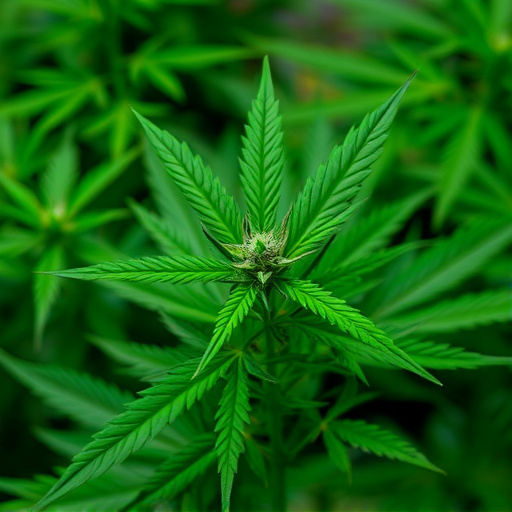
Cannabis metabolism and elimination are complex processes influenced by strain composition and consu…….
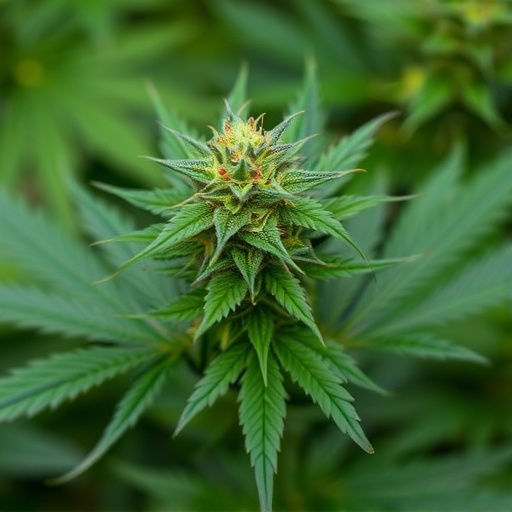
Understanding cannabis strains effects is key for a positive and personalized experience, especially…….
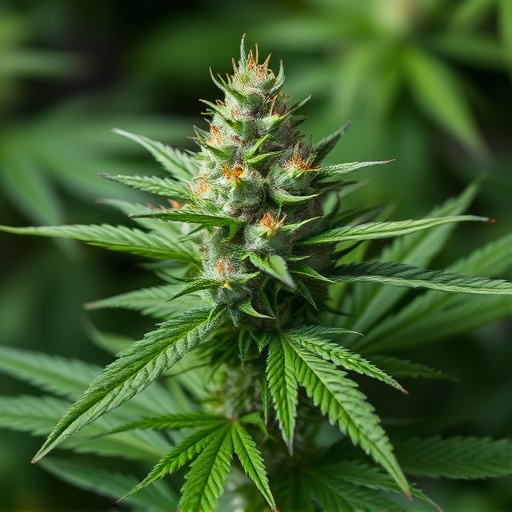
High-CBD cannabis strains have surged in popularity among wellness enthusiasts due to their lack of…….
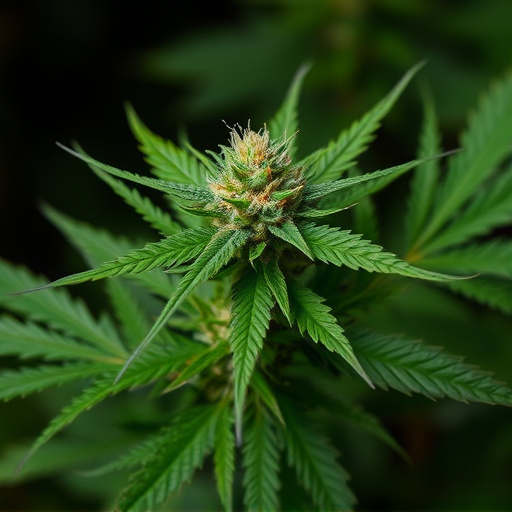
Proper storage conditions are critical for preserving the quality, potency, and unique effects of ca…….